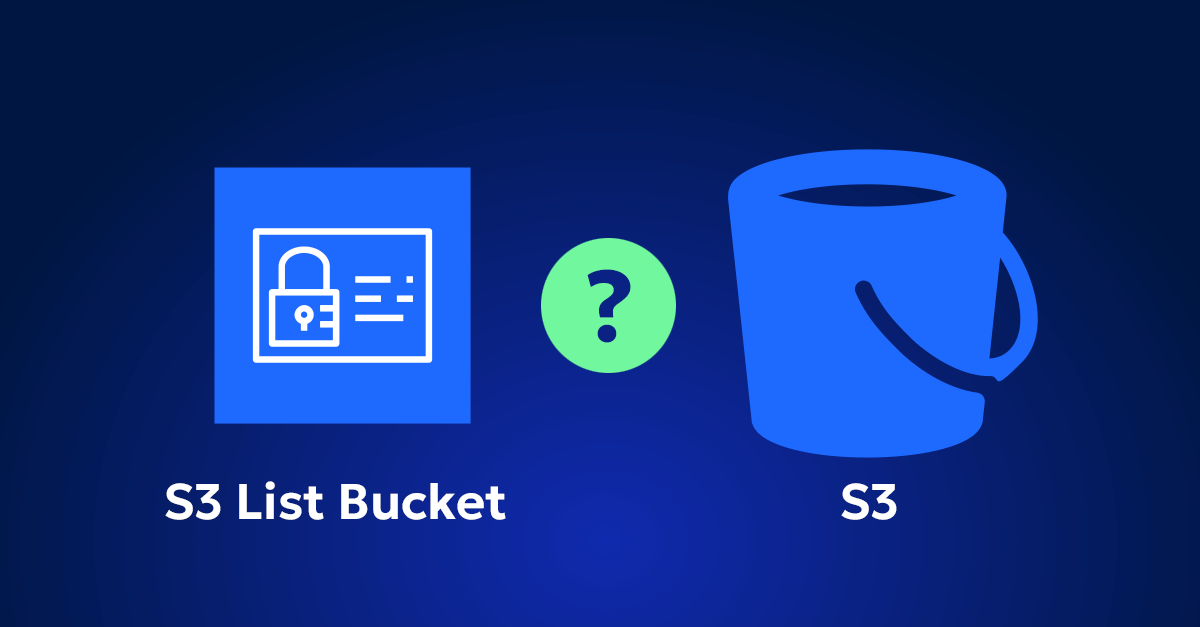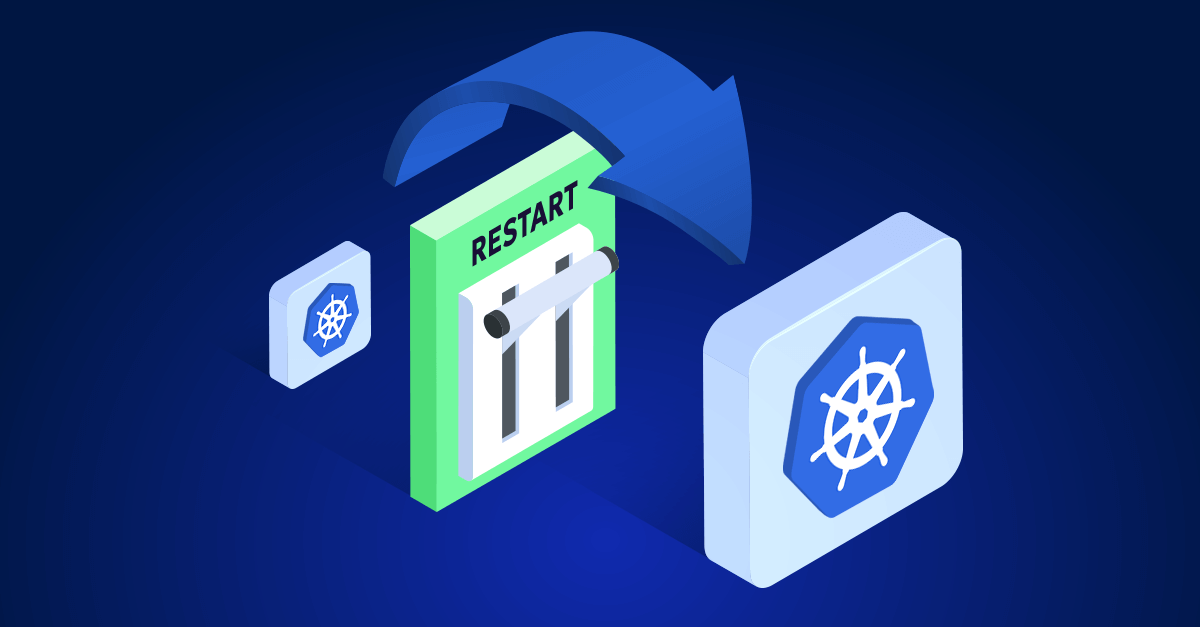Working in FinOps myself, I understand firsthand the crucial role a well-crafted cloud cost policy plays in managing and optimizing cloud expenditures. A cloud cost policy isn’t just a formal document; it’s a strategic framework that enhances accountability, controls spending, and aligns cloud usage with your organization’s financial goals and KPIs. This guide will walk you through the essentials of developing a robust cloud cost policy, including a detailed template and practical examples to help you implement effective cost management practices.
The importance of defining your cloud cost policy correctly
Cloud computing offers incredible flexibility and scalability, enabling businesses to quickly adapt to changing needs and scale resources efficiently. However, this flexibility comes with its own set of challenges, particularly in managing and controlling costs. Without a clear, structured policy, cloud spending can quickly spiral out of control, leading to inefficiencies and unexpected expenses.
A well-defined cloud cost policy provides the necessary structure to keep cloud expenditures in check. It helps establish clear guidelines for budgeting, forecasting, and resource management, ensuring that every team and department operates with financial accountability. By setting specific goals and responsibilities, a cloud cost policy can significantly reduce wastage, promote cost-efficient practices, and align cloud investments with your organization’s strategic objectives.
In the following sections, we’ll delve into the key components of creating a cloud cost policy, offering you a comprehensive template and actionable insights to set up a policy that works for your organization.
Policy structure (template)
Creating a cloud cost policy involves several key components. Below is a comprehensive template that you can use to develop your own policy:
1. Purpose and Scope
Purpose:
This policy establishes guidelines for managing and optimizing cloud computing costs. Its objectives are to control spending, improve resource utilization, and ensure accountability across the organization.
Scope:
Applies to all departments and personnel utilizing cloud services from AWS, Azure, and Google Cloud.
2. Roles and Responsibilities
Cloud Cost Manager:
Oversees overall cloud spending and reporting. Responsible for ensuring adherence to the cost policy and managing budget adjustments.
Budget Owners:
Approve departmental cloud expenditures and ensure compliance with the policy. They are responsible for tracking and managing costs within their respective budgets.
Cloud Champions:
Promote cost management best practices within their teams. Serve as points of contact for questions related to cloud cost management and optimization.
3. Goals and Objectives
Setting clear goals helps measure the effectiveness of your cost policy. Consider the following quantitative and qualitative goals:
- Reduce Overall Cloud Costs: Aim to reduce overall cloud costs by 20% over the next year.
- Minimize Cloud Waste: Ensure that cloud waste is kept below 10% of total cloud spending.
- Utilize Discounted Pricing: Strive to cover 75% of cloud usage with discounted pricing options (e.g., Reserved Instances, Savings Plans).
- Optimize Resource Utilization: Achieve a resource utilization efficiency rate of 85% or higher.
These goals should align with your organization’s strategic objectives and provide clear targets for cost management efforts.
4. Budgeting and Forecasting
Budget Creation:
Departments must submit a quarterly cloud budget, outlining projected expenses and resource needs. This helps in setting clear spending limits and expectations.
Forecasting:
Forecast future cloud costs based on historical usage and planned changes. Regularly compare actual spending against forecasts to manage potential overruns and adjust strategies as needed.
Budget Approval:
All budgets must be reviewed and approved by the Cloud Cost Manager before implementation to ensure alignment with overall financial goals and resource allocation.
5. Cost Monitoring and Reporting
Monitoring Tools:
Utilize tools for cost monitoring such as AWS Cost Explorer, Azure Cost Management, or Google Cloud Billing for tracking cloud expenditures and resource usage. These tools provide visibility into spending patterns and help identify areas for improvement.
Reporting Frequency:
Generate and review cost reports on a monthly or quarterly basis. Ensure these reports are accessible to all relevant stakeholders for transparency and accountability.
Anomaly Detection:
Implement processes to identify and address cost anomalies or unexpected changes in spending promptly. Regularly review reports to spot any irregularities and take corrective actions.
6. Optimization Strategies
Rightsizing:
Regularly review and adjust resource sizes to match actual usage. This involves scaling down underutilized resources and ensuring that resources are appropriately sized to handle current workloads.
Cost-Saving Opportunities:
Leverage Reserved Instances, Savings Plans, and other cost-saving mechanisms where appropriate. These options can provide significant savings compared to on-demand pricing.
Automated Management:
Implement automated tools and scripts for managing and optimizing cloud resources. Automation helps in maintaining efficiency and reducing manual intervention, which can lead to cost savings.
7. Compliance and Governance
Compliance Requirements:
Ensure all cloud usage adheres to relevant data security policies and regulatory requirements. This helps in avoiding fines and maintaining data integrity.
Governance Structure:
Establish a governance structure to enforce compliance with the cloud cost policy and address any policy violations. Regular audits and reviews should be conducted to ensure adherence.
Policy Review:
Conduct regular reviews of the cloud cost policy to ensure it remains relevant and effective. Update the policy as necessary based on organizational changes and new technological developments.
8. Review and Revision
Schedule:
Review and update the cloud cost policy on an annual or biannual basis or as needed based on significant changes in cloud usage or business strategy. This ensures the policy stays aligned with current practices and technologies.
Stakeholder Involvement:
Engage key stakeholders in the review process to ensure the policy continues to meet organizational needs and objectives. Their input is crucial for making necessary adjustments and improvements.
Example
Here’s an example of a cloud cost policy in action:
Policy Title: Cloud Cost Management Policy
Effective Date: [Insert Date]
Scope: Applies to all departments and personnel utilizing cloud services from AWS, Azure, and Google Cloud.
1. Purpose:
Establish guidelines for managing and optimizing cloud computing costs.
2. Roles and Responsibilities:
- Cloud Cost Manager: Oversees overall cloud spending and reporting.
- Budget Owners: Approve departmental expenses and ensure policy compliance.
- Cloud Champions: Promote best practices within departments.
3. Goals and Objectives:
- Reduce overall cloud costs by 20% over the next year.
- Keep cloud waste below 10%.
- Cover 75% of cloud usage with discounted pricing options.
- Achieve a resource utilization efficiency rate above 85%.
4. Budgeting and Forecasting:
Departments must submit a quarterly cloud budget, with projected overruns communicated in advance.
5. Cost Monitoring and Reporting:
Utilize [Tools] for monitoring cloud spending, with monthly reports generated for review.
6. Optimization Strategies:
Quarterly reviews of cloud usage focusing on rightsizing and cost-saving opportunities.
7. Compliance and Governance:
Ensure cloud usage adheres to data security policies and regulations.
8. Review and Revision:
Annual policy review and updates as necessary.
Further Resources
For more insights into cloud cost management and optimization, check out these resources:










